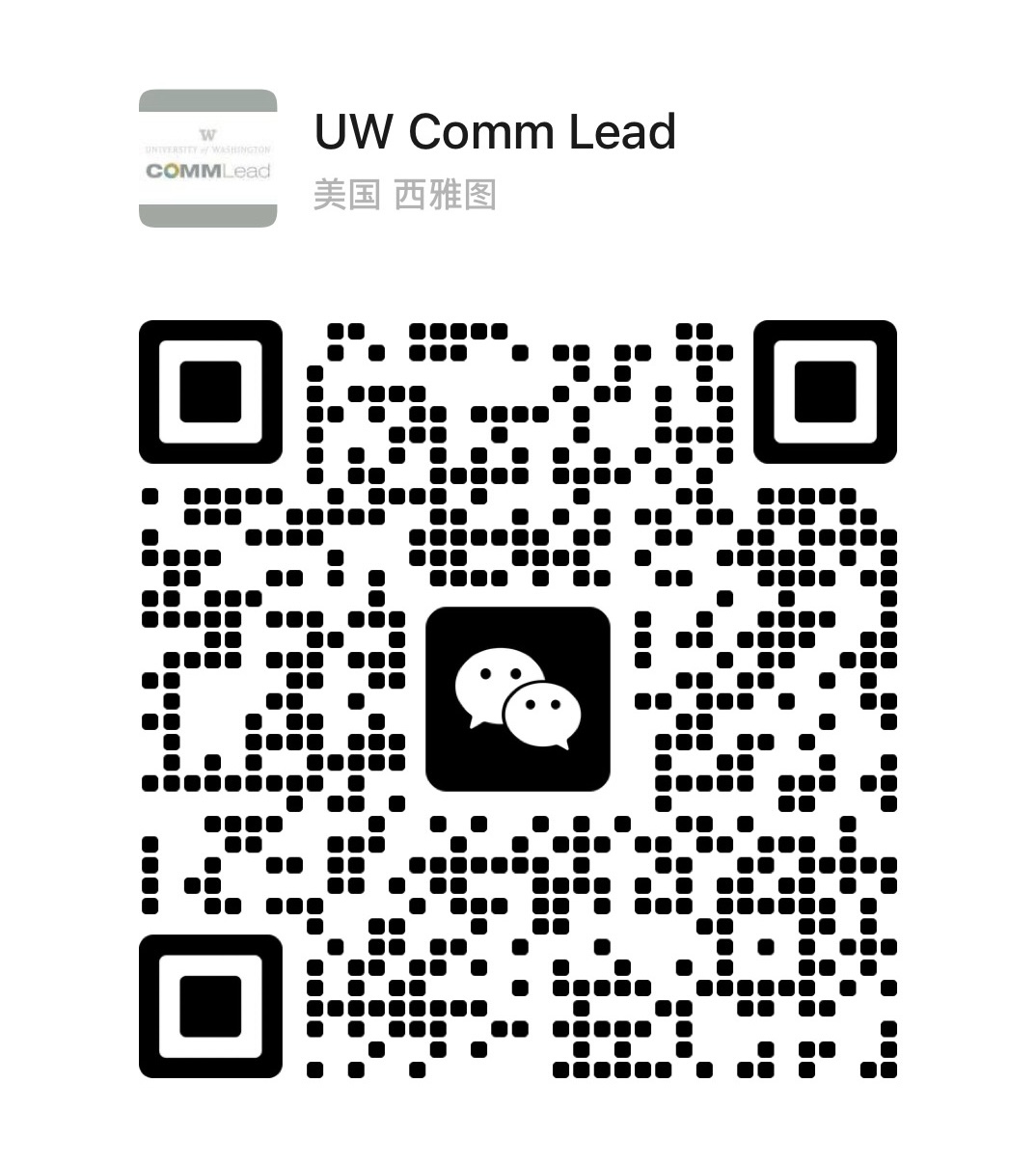Course Description:
More than any other public health crises in recent memory, the COVID-19 pandemic emphasizes the necessity of effective health, risk and crisis communication. With the pandemic reaching all corners of the globe, no population or industry has been untouched, resulting in many swift and powerful narratives about the consequences of COVID-19. Whether in the midst of a global crisis like the COVID-19 pandemic or enduring more localized health impacts, every day public health information is generated and made available to the public about diseases, public policies, new products, and corporate behavior. People are accessing this information in real time by means of traditional news, online media, social media and word of mouth. The public’s near-instant access to this unfiltered information presents significant new risks, particularly surrounding misinformation, drawing conclusions from wrong or impartial information, and disinformation, deliberately spreading falsehoods to further an agenda. Additional risks include reputation damage for organizations and leaders that are not responding effectively to COVID-19, have negative impacts on health or the environment, or ineffective policy outcomes when health-related guidance is misunderstood or ignored. During times of crisis messaging can be lost in the noise, resulting in unintended consequences, rejected messages, or public fear and confusion.
In this course students will learn about risk communication in public health. Risk communication, a field that emerged in the 1980’s, has been used for both strategic and unplanned communications linked to the introduction of new technologies and products, environmental contamination, disease outbreaks, disasters, consumer products, drug and food safety, safety measures and devices, and new breakthroughs. Events linked to terrorism as well as a number of major natural disasters over the past few years have increased attention to this area. While during non-crisis periods, ineffective risk communication can result in low-impact, wasted resources, and other undesirable outcomes. When deployed effectively, risk communication is an invaluable tool for engendering trust, protecting organizational value, and helping the public make informed decisions. Emphasis in the course is on research and professional practices especially in regards to how to communicate with the general public, special populations, and the news media. The purpose of this course is to provide students with a variety of knowledge and skills they need to interpret risk and crisis communication in public health contexts, develop critical and rigorous thinking capabilities, and design productive and effective risk communication messages that improve communication outcomes, reduce public anxiety, increase trust in organizations and leadership, and help key stakeholders make better decisions.
Meets Law & Ethics requirement.

 University of Washington
University of Washington